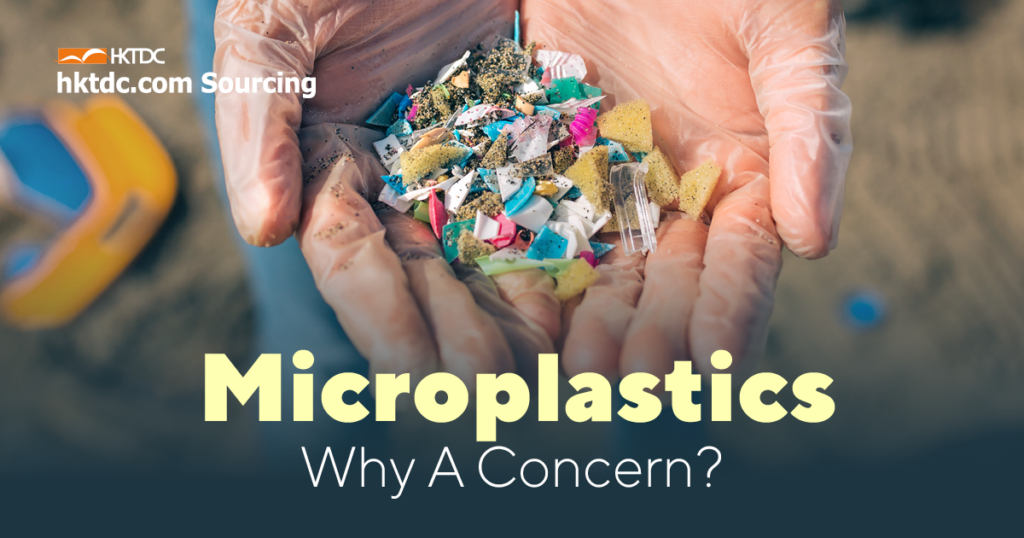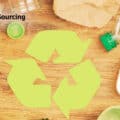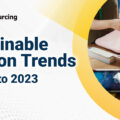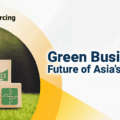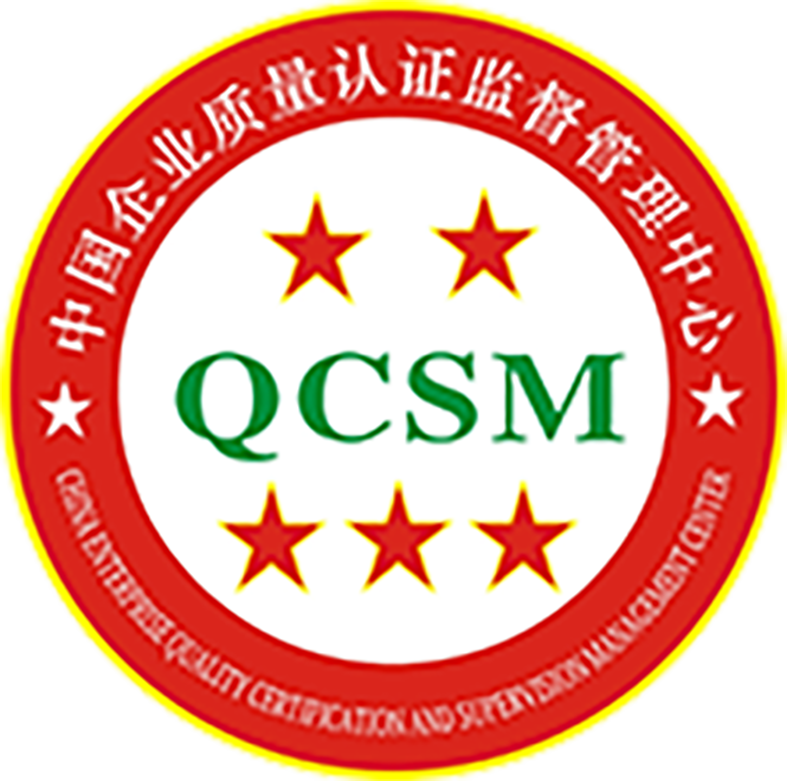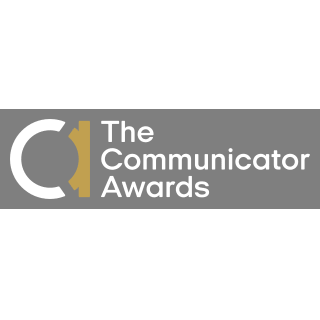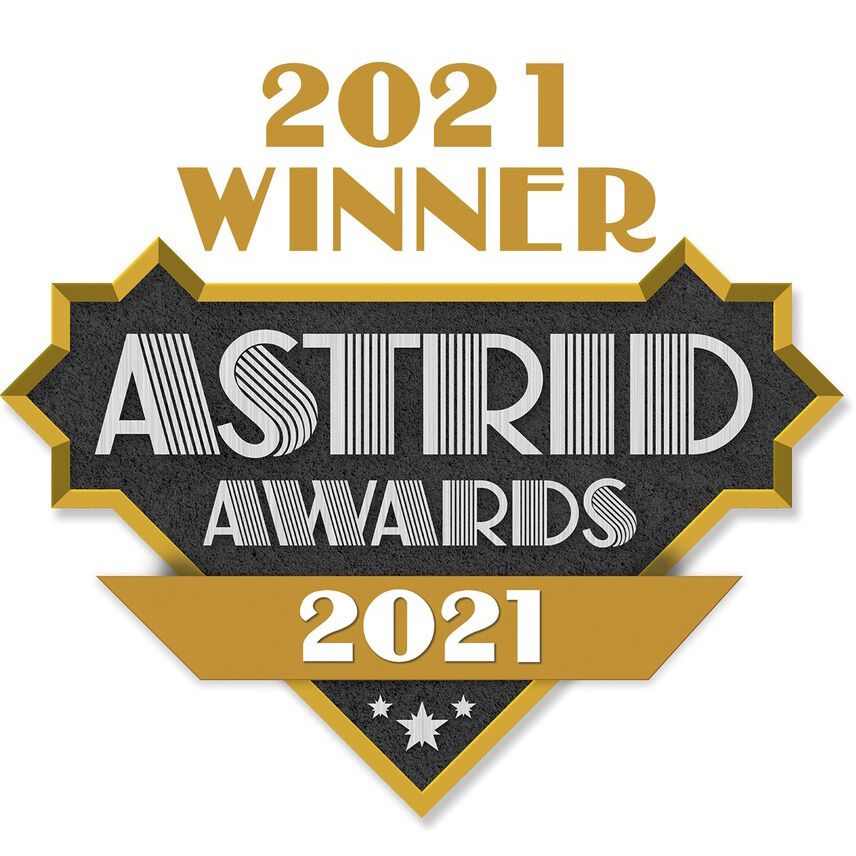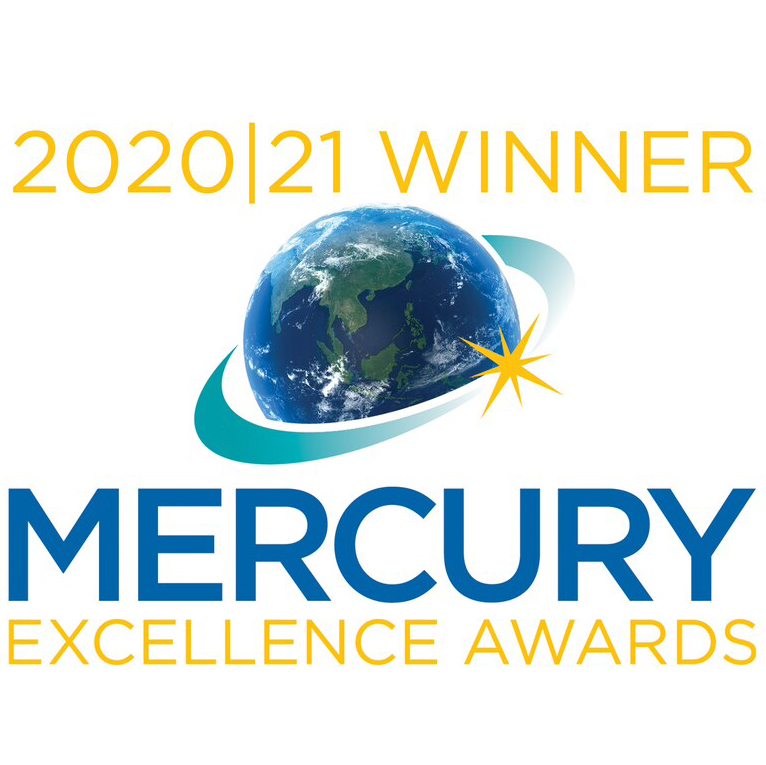Microplastics is an environmental harm you probably have heard of. In the EU alone, around 145,000 tonnes of microplastics are estimated to be used each year, 42,000 tonnes of which end up in the environment. In addition, the release of unintentionally formed microplastics is estimated to be around 176,000 tonnes a year to the European surface waters.
Without doubt, this pollution needs to be drastically reduced, even without pointing to the health risks. This article will briefly introduce this pollutant and some updates on the EU regulations.
What Are Microplastics?
In chemical terms, they are pieces of plastics (Synthetic polymer micro-particles) smaller than 5 mm (and fibre-like below 15 mm).
Microplastics can be intentionally added to products for specific purposes, such as micro-beads in cosmetics. And they can be formed unintentionally when larger pieces of plastic, such as synthetic clothing, wear out.
They pollute the environment and stay “forever” if not properly disposed of or recycled.
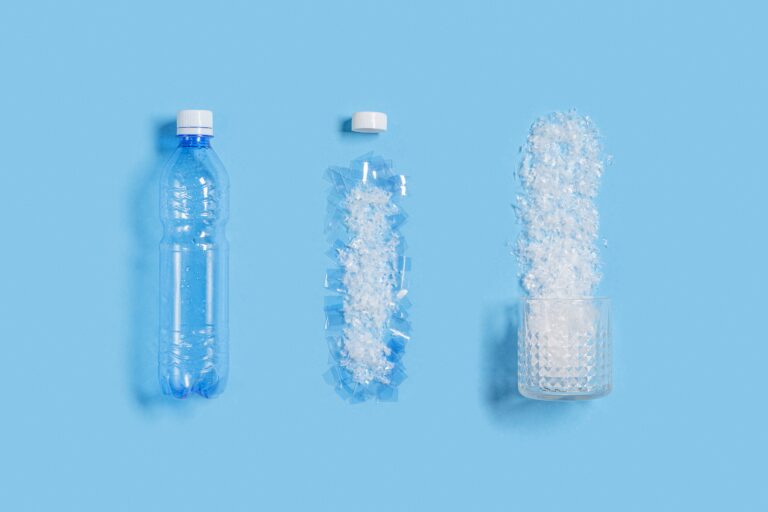
Environmental & Health Damages Caused by Microplastics
The presence of microplastics, which are insoluble in water, degrade very slowly and can be easily ingested by living organisms, raising concerns about their overall impact on the environment and possibly on human health.
These microplastics have been found in marine, food, freshwater, and drinking water. The immediate risk is the accumulation in animals, which are consequently consumed as food by humans. In fact, exposure to microplastics has been proved linked to a range of negative effects on living organisms. They permanently pollute our ecosystems and food chains.
Learn More:

Updated EU Regulations on Microplastics
The Amending Regulation comes into force from October 17, 2023 and applies only to intentionally added abrasive micro-beads in cosmetics or detergents and loose glitter.
For other products containing microplastics, the sales ban will apply a few years later to give manufacturers the time to reformulate and use alternatives. During the transition period, there is an obligation to label those products with a statement: “This product contains microplastics.”
Restricted Products
The following products (not exhaustive) will be affected by the restrictions:
- cosmetics
- fragrances
- detergents
- fabric softeners
- cleaning products
- medical devices
- fertilisers
- plant protection products
- biocides
- soft infill material on artificial turf sports pitches
This article is originally published by ProductIP:

Caspar ter Horst – Managing Director, ProductIP
Casper has 25+ years of experience in product compliance. In 2008, he co-founded ProductIP together with Maarten van der Dussen. Caspar and his team are dedicated to support companies within the supply chain to efficiently demonstrate to customers, authorities, and users that their products meet applicable legislation and buying requirements. As a result, helping companies reduce costs, streamline operations, manage suppliers, and at the same time put compliant, safer, more sustainable products to the market.
Looking for safe and quality products from beyond the EU region? Visit our e-Marketplace today for exploring certified and compliant choices by clicking through below banner:


